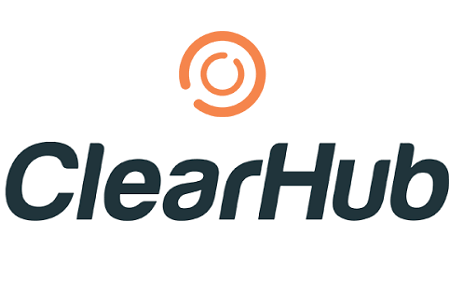Mastering agile capacity planning: Strategies, techniques, and tools
Are you struggling with last-minute changes or finding it difficult to have enough resources available when priorities shift? Agile capacity planning helps tackle these challenges head-on. Unlike rigid traditional planning, agile capacity planning gives you the flexibility to adapt to unexpected changes. Your team stays balanced, and you avoid burnout, all while keeping projects on track.











